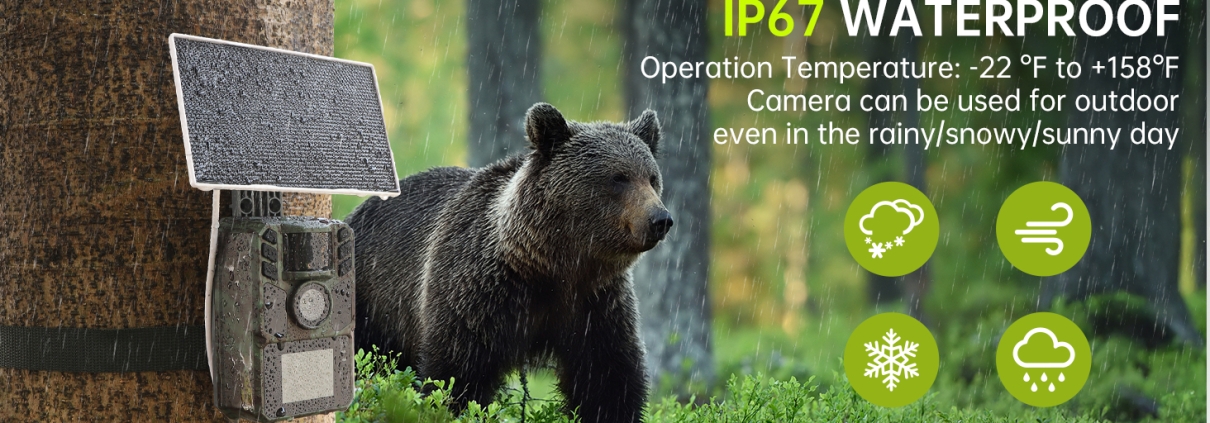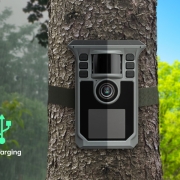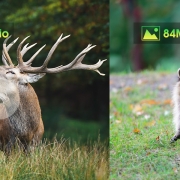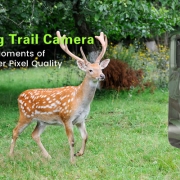How To Aim Your Trail Camera
Setting up a trail camera correctly is crucial for capturing clear and useful images of wildlife or for security monitoring. Proper placement and aiming can make a significant difference in the quality of the photos and videos collected. Here are some essential tips to ensure optimal positioning while maximizing search visibility and SEO performance.
1. Face the Camera North or South
Avoid pointing the camera directly east or west to prevent overexposed images caused by direct sunlight. Facing it north or south minimizes glare and ensures even lighting throughout the day. This helps improve image clarity, an essential factor for wildlife monitoring and outdoor security.
2. Mount at the Right Height
For most wildlife tracking, positioning the trail camera around 3 feet (waist height) works best. If targeting smaller animals, consider lowering it slightly, and for larger wildlife or security surveillance, mount it higher to cover a broader field of view.
3. Choose a Clear and Open Area
Ensure that the area in front of the camera is free from tall grass, branches, or other obstructions that could trigger false motion detections. Clearing unnecessary objects improves detection accuracy and helps capture high-quality footage, which is crucial for scouting wildlife or securing property.
4. Angle the Camera Properly
Slightly angling the camera downward can help capture subjects more effectively. A well-angled trail camera ensures optimal detection and reduces the chances of capturing empty frames. Proper alignment enhances photo and video quality, making the footage more useful for analysis.
5. Secure the Camera Firmly
Use a sturdy strap, mount, or security bracket to keep the camera stable. A loose setup can shift over time due to wind, animal interaction, or external factors, leading to misaligned shots. A well-secured camera improves longevity and ensures consistent performance in outdoor conditions.
6. Test the Camera Position
After setting up the camera, walk in front of it to check its motion sensor response and field of view. Adjust the angle if necessary to ensure the trail camera captures the intended area effectively. Testing helps fine-tune sensitivity settings and optimizes performance for various outdoor environments.
7. Optimize Motion Sensitivity and Detection Range
Adjust the motion detection sensitivity to match the environment. If placed in an area with frequent movement (such as near trees or bushes), reducing sensitivity can help avoid false triggers. This setting is crucial for improving battery life and storage efficiency, especially for extended outdoor use.
8. Use a High-Capacity Memory Card
To maximize recording time and ensure high-resolution storage, use a high-capacity microSD card (64GB-256GB) with a fast write speed. A reliable memory card prevents missing crucial moments and ensures smooth video recording.
9. Maintain Your Trail Camera Regularly
Regularly check and clean your camera lens, battery compartment, and SD card to ensure peak performance. Proper maintenance extends the lifespan of the camera and improves long-term efficiency.
By following these expert tips, you can maximize the efficiency of your trail camera and capture high-quality images and videos for wildlife observation, hunting, or property security. A well-positioned and maintained camera ensures optimal performance, making it a valuable tool for outdoor enthusiasts and security professionals alike.












